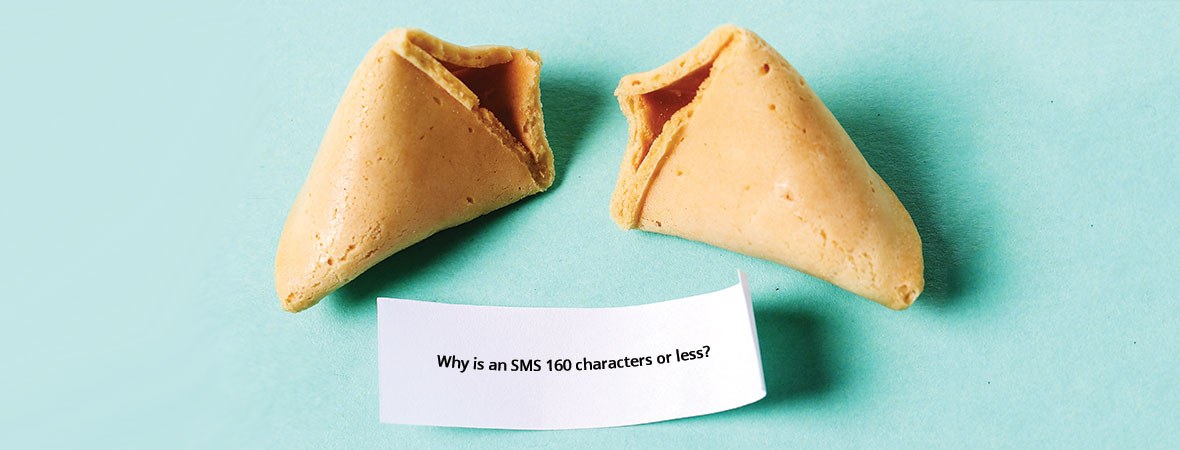
History of the SMS
Have you ever looked up at the stars and wondered... Why is an SMS 160 characters? No? Why not? As a kid it was all I could think about, well maybe not all. But I did think about it for a moment, a few times at least.
Whether you have pondered long and hard about the makeup of the 160 character limit, or really just started thinking about it as you read this title, there's actually a pretty interesting story behind it.
Many believe it was the work of one man, Friedhelm Hillebrand as he strove to define the boundaries or short form communication. Others simply suggest it was bound by technological constraints and educated guesses. Just which story possess the most truth? You be the judge.
The Friedhelm Hillebrand Story
In 1985 a gentleman by the name of Friedhelm Hillebrand, a chairman of the Global System for Mobile Communications (GSM), (a group that sets standards for the majority of the global mobile market) had the task of setting the limit on the amount of characters a text message could contain.
The story goes that to do this, Friedhelm grabbed his trusty typewriter, sat down with a nice cup of tea and typed out a number of random sentences, and questions, on a sheet of paper to try and determine what the average number of characters used was.
After a number of tests, Friendhelm begun to see a pattern within his work. The majority of sentences he constructed fell in just under 160 characters. Although this scientific test would fail dramatically under today's standards, Friendhelm was satisfied by his research and went forward to the committee to tell them of his findings.
Understandably unconvinced by his work, the committee disagreed with Friendhelm's methods, suggesting a text message would require almost double the characters set.
It's believed to calm the committee's fears, Friendhelm committed further 'research' into the matter.
He first took a bunch of postcards that he had received, collated the data and found that these postcards contained fewer than 150 characters. By this finding, he was actually being nice by offering users an additional 10 characters.
Secondly, Friedhelm analysed a number of messages sent through Telex (a telegraphy network for business professionals). As Telex transmissions don't have a limit on the number of characters one can send, you'd be excused to think that 200, 300, 500-word messages were coming through. In fact, Friendhelm found that on average the word volume within the messages being sent was roughly the same length as the messages received on the postcards. Fascinating!
A More Technical Explanation
The other side to the story, and one that is unfortunately much less exciting, is that the SMS was not designed so deliberately by one man, rather mostly likely a 'convenient accident' centered around the technical makeup of the telecommunications network towers.
The GSM cellular network towers that were used to interpret calls work on a system called packets. These packets have limited space (140 bytes) after the call information is taken out.
SMS messages actually just ride on the back of these packets. It's understood that those in the Global System for Mobile Communications (GSM) simply looked at the packet size they had available and made an educated guess on the back of this. This then made it into the GSM standard, and since GSM is a rigid standard, all the terminal vendors built handsets that complied to it.
So let's do the math. Within these packets, there was 140 bytes of space left. Under the old system 1 byte = 8 bits, which equals 1 character. Using the GSM standard, we are now able to reduce the character sets into 7 bit. This can then be formulated (140 bytes x 8/7) equaling 160.
Be it research, fate or simply coincidence, the exact story behind the 160 character SMS limit may never truly be known. Personally, I think it's a combination of the two. Mr. Hillebrand may have done his own research, identifying a rough marker as to what the standard length for short messages was, but ultimately it falls to these glorious pockets of space. I think simple coincidence and an educated guess all played their parts in the 160 character limit.
What do you think?
